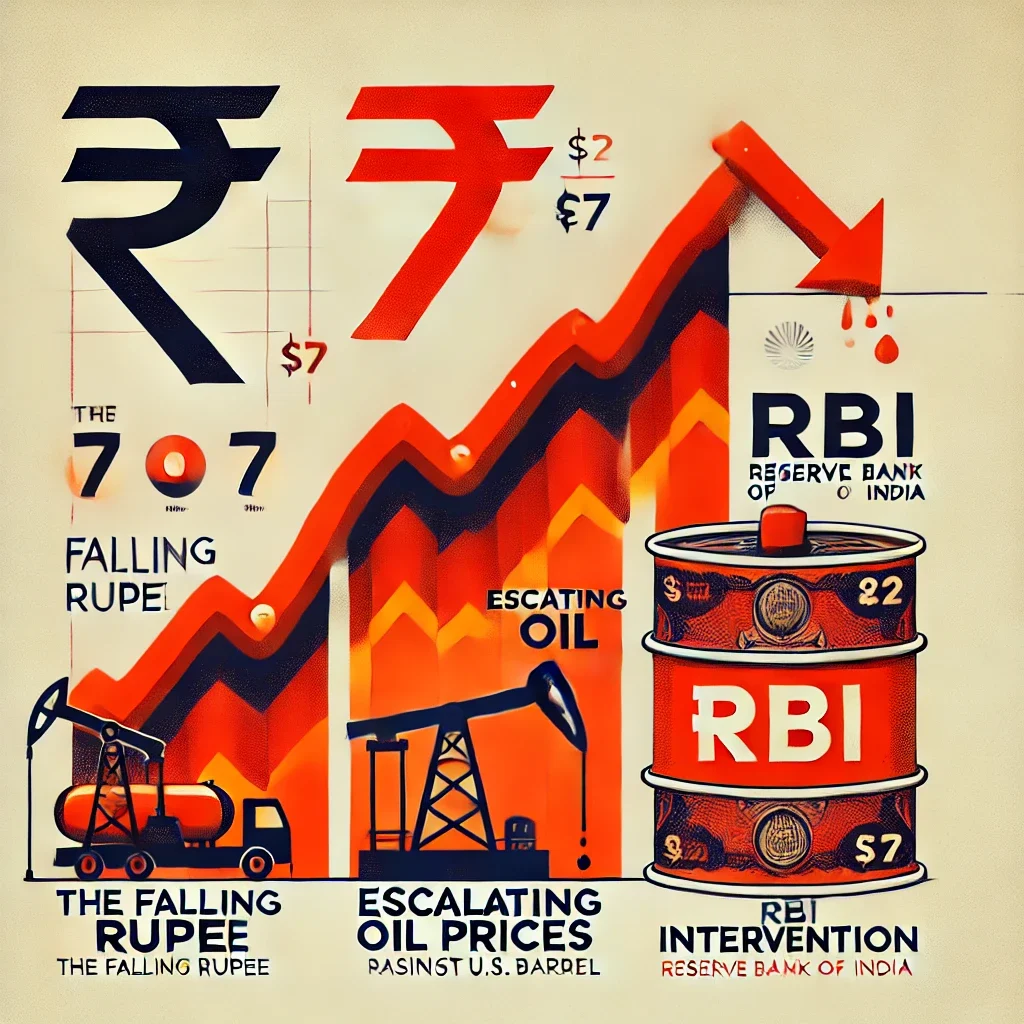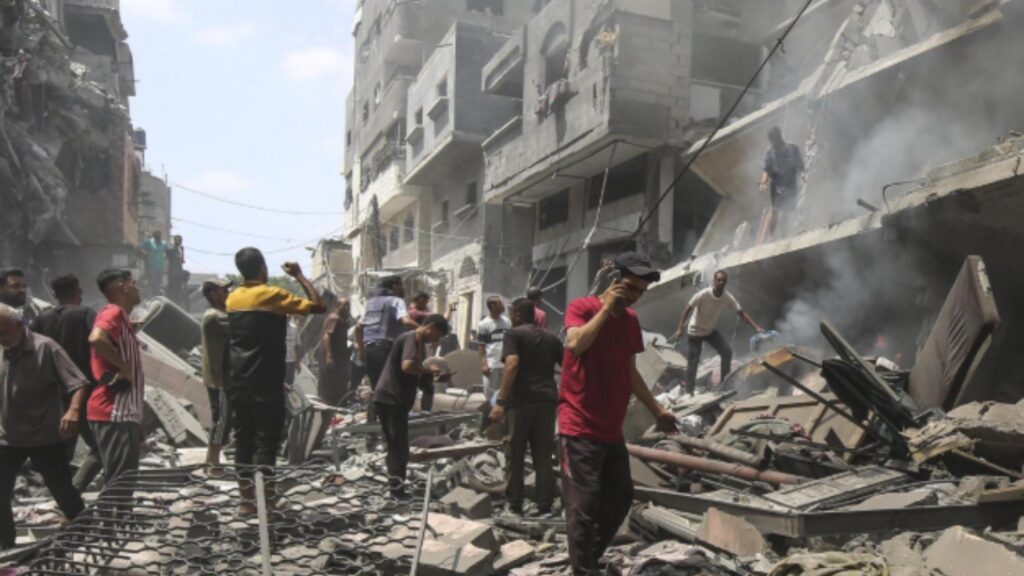India’s Financial Landscape Shaken by U.S. Strikes on Iran: Rupee and Bonds Under Pressure
The recent U.S. airstrikes on Iran’s nuclear facilities have ignited concerns over escalating tensions in the Middle East, sending shockwaves through global financial markets. For India, the impact is immediate and tangible, with the Indian rupee facing significant depreciation, government bonds under strain, and oil prices climbing. Here’s why this matters.
Key Facts:
- Impact on Indian Rupee: The Indian rupee closed at 86.5850 against the U.S. dollar last week, reflecting a 0.6% drop. Analysts predict it could weaken further toward 87.50, as markets brace for more volatility in the wake of the U.S. strikes on Iran.
- Rising Oil Prices: Brent crude oil closed at $77 per barrel, nearly 4% higher for the week. As oil prices rise, India, a major importer of crude oil, faces mounting pressure on its import bill.
- RBI’s Potential Intervention: The Reserve Bank of India (RBI) is expected to intervene to manage volatility, aiming to stabilize the rupee and protect domestic markets from external shocks.
- Current Account Deficit Woes: Higher oil prices are likely to widen India’s current account deficit, further straining its balance of payments.
The escalation of tensions in the Middle East, driven by U.S. airstrikes on Iranian nuclear sites, is creating ripples in the global economy, and India is feeling the effects. As one of the largest importers of crude oil, India’s financial stability is closely tied to global oil prices. Brent crude’s rise to $77 per barrel is a worrying sign, and if prices continue to climb, India could face an even more significant strain on its trade balance.
The Indian rupee’s decline against the U.S. dollar is a clear indicator of the market’s response to geopolitical instability. Experts are watching closely to see how the RBI will respond. The central bank has a history of intervening in forex markets to prevent excessive depreciation of the rupee, and with further weakening a real possibility, there may be more action in the coming weeks.
Extra Insight:
This isn’t the first time India has faced financial turbulence due to Middle Eastern geopolitics. Historically, global events such as conflicts in Iraq, Saudi Arabia, or Iran have led to surges in oil prices, which directly impact India’s economy. The rise in oil prices leads to an increase in the cost of imports, putting downward pressure on the rupee and widening the current account deficit.
The RBI’s role is crucial in this scenario. While its foreign exchange reserves provide some cushion, sustained depreciation of the rupee could push the central bank into action, potentially increasing interest rates or selling dollars from its reserves to stabilize the currency. However, such moves come with their own risks and may not always provide a lasting solution.
What Happens Next?
As the situation in the Middle East develops, the Indian financial markets will continue to be on edge. If the geopolitical tension between the U.S. and Iran intensifies, oil prices could climb further, exacerbating India’s economic vulnerabilities. The RBI’s response will be key in maintaining market stability, but how effective its measures will be in the face of rising oil prices remains uncertain.
In the coming weeks, we could see further volatility in the rupee, especially if tensions in the Middle East show no signs of de-escalation. Indian investors and policymakers will need to brace for the economic ripple effects that may follow.







Sau khi đăng ký thành công, bạn có thể đăng nhập vào tài khoản của mình và bắt đầu nạp tiền để tham gia các trò chơi tại đây. Từ đây, bạn sẽ có cơ hội trải nghiệm các dịch vụ đa dạng, phong phú mà nhà cái mang lại. Quá trình đăng ký tại trang chủ 66b vô cùng đơn giản, nhanh chóng và bảo mật, giúp người chơi dễ dàng tiếp cận và tham gia cá cược chỉ trong vài bước ngắn gọn.
888slot có lừa đảo không Một trong những yếu tố quan trọng mà người chơi quan tâm khi tham gia cá cược trực tuyến chính là độ an toàn bảo mật. Tại đây, nhà cái luôn cam kết đảm bảo quyền riêng tư và an ninh tuyệt đối cho tất cả người dùng.
888slot con Tính riêng trong năm 2024, nền tảng này đã xử lý hơn 120 triệu lượt cược/tháng, trải dài trên các phân khúc như thể thao, casino live, slots và xổ số.